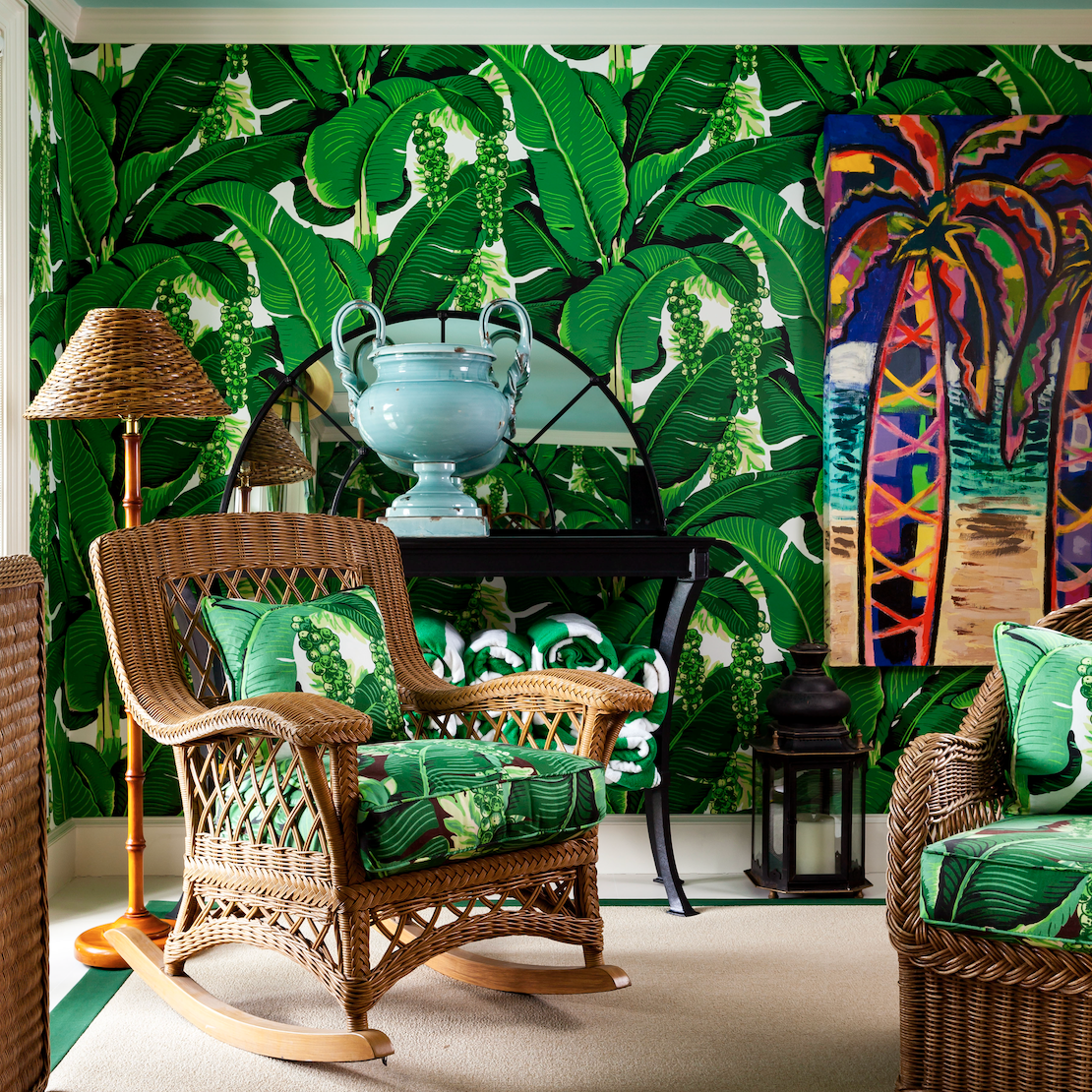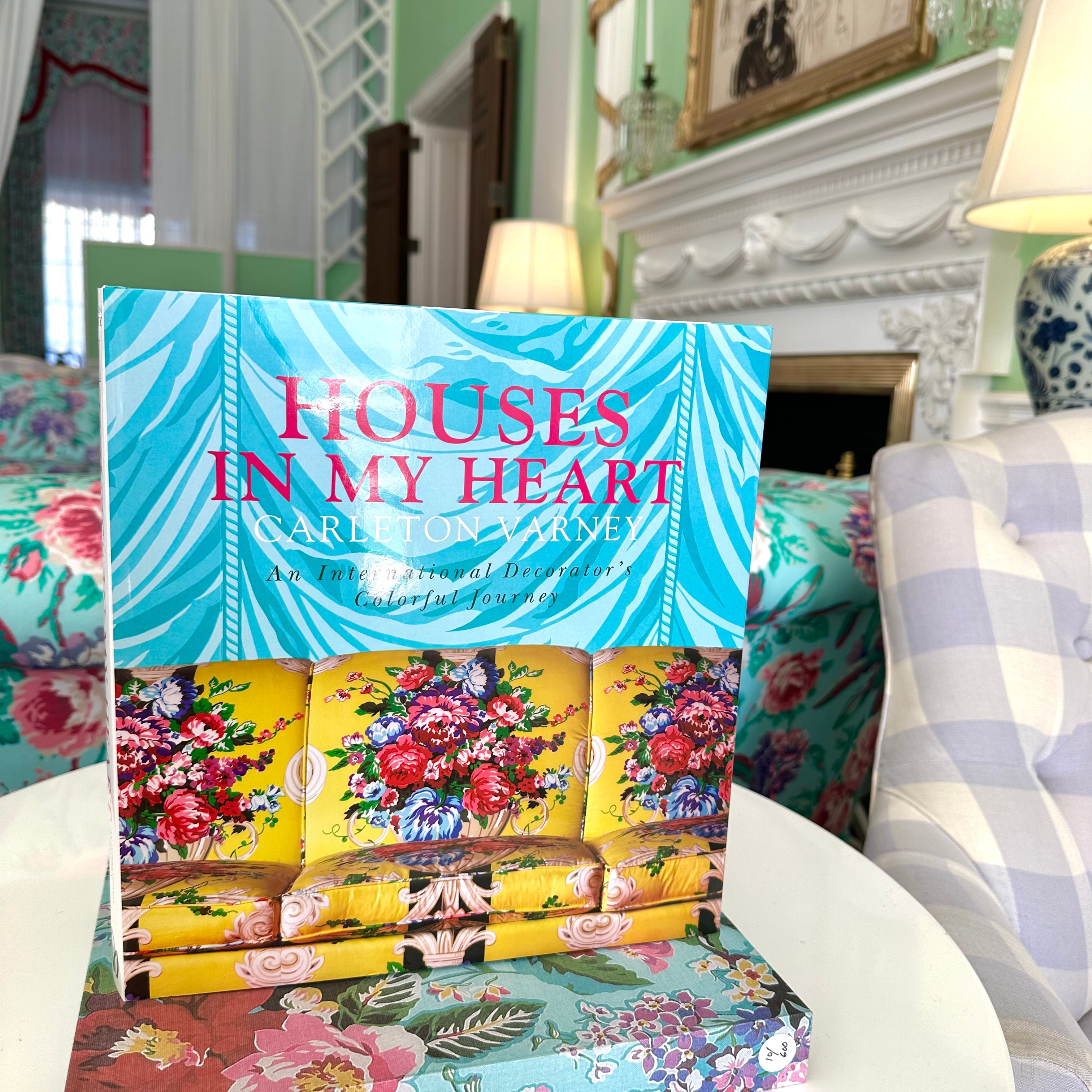Designer’s distress: Sometimes color is just not enough
By Carleton Varney
Recently, a young interior designer related to me, quite sadly, a comment she had received from one of her clients at the tail end of a major decorating project: ”I’ve spent all this money,” the client moaned, “and all I got from you was color!”
Miss Designer in Distress stood back, quite dumbfounded and practically speechless. For more than two years, she had worked on the project for the client’s multi-level residence. She charted color schemes, selected fabrics, integrated the client’s existing furnishings into the plans by savvy reupholstering, bought furniture at auction, selected hardware and door knobs, chose bathroom tiles and decided on myriad other details — the kitchen colors, the stains for the floor boards, the exterior paint scheme, the chandeliers and on and on. Yet the client felt he had only received “color” for his design fees.
Adding to the stress of Miss Designer in Distress, her obviously skeptical client mentioned that she had only used her buddies in the industry to provide the rugs, the furniture, the fabrics and the antiques. The implication, of course, was that the designer had unfairly benefited these suppliers and vendors at the client’s expense.
What decorating clients sometimes don’t comprehend is that the designer’s success and the project’s completion depend on the services of many trades. The designer should use, and most often does use, the services of tradespeople that he or she knows that are not only talented but dependable and who can provide the custom designs needed to execute a project professionally.
In my own practice of interior design, our staff often turns to the same carpet makers, because we know that the designs will be woven properly — to say nothing about the fact that the carpet colors will meet our standards.
We use furniture manufacturers who understand the way our upholstered pieces must be made. For example, we often ask that the deck of a chair — the part hidden beneath the seat cushion — be covered in the fabric specified for the overall upholstery, rather than in plain muslin.
In the same way, when a wood table or furnishing surface needs to be refinished, the color of the stain is as important as the appearance of the finish — we don’t want it to look “glue-y” or over-restored.
The lesson for clients? Remember that the decorator is doing a caring job for you behind the scenes, a job often not apparent upfront.
If I were to identify the most important element provided by our design damsel in distress to her client, it was the color scheme — and if color was all he got for his money, he was very well served. Clients and decorators alike should realize that color is the No. 1 design element in a home — and that includes the colors used everywhere, from walls to floors to upholstery. A designer who can coordinate dramatically and, as I like to say, symphonically the colors in a home is a sort of genius.
To put together wall colors, trim colors, floor stains, rug colors, upholstery colors, drapery colors, pillow colors and lamp — and lamp shade — colors is a formidable challenge. Miss Designer in Distress knows that these colors, fabric choices, rug choices and the like must create a visual melody from room to room.
For the rare clients who want their homes to be all beige or gray, then maybe they needn’t pay for color consultation. Yet good luck to them, as there are many shades of beige and gray out there.
The client who says, “Oh, I could do all that myself,” needs lots of ego management. I think Miss Designer in Distress must take it to heart that when money for services rendered is being paid and her client tells her she has not provided “enough,” she must accept that for such a client, there is never, never, never enough.
Even so, open lines of communication between clients and decorators can go a long way to making sure that everyone is satisfied at the end of the project. And that, of course, is the ultimate goal, happy decorators and happy clients.
0 comments



















